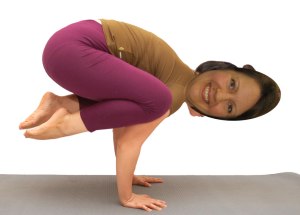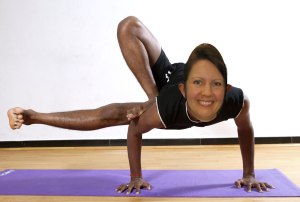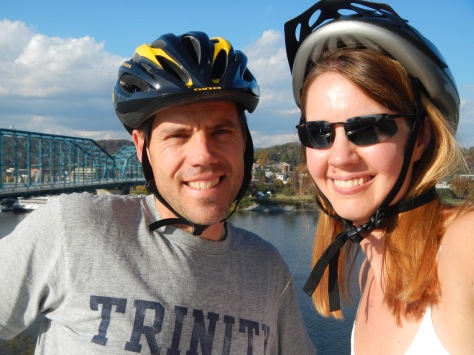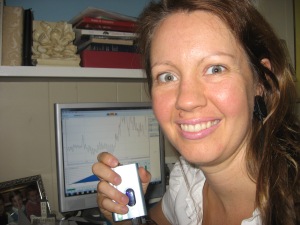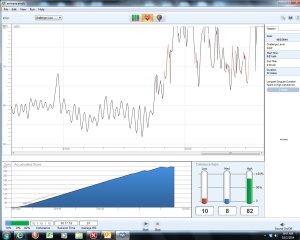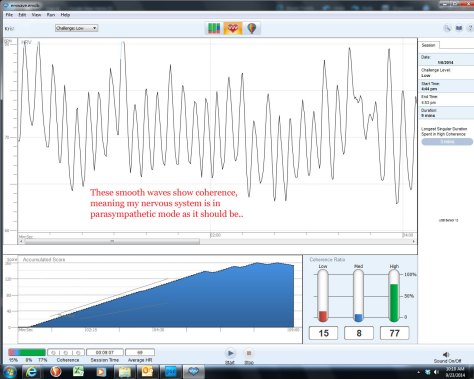Have you heard of 4-7-8 breathing? It’s all the rage these days. It’s free, you can do it anywhere, and you have all the tools you need to do it! What’s more, proponents say it will lower stress, help you fall asleep quickly, clear toxins from your body, and bring world peace. (Oh, wait, no, not sure about that last part.) Seriously, though, it is supposed to bring a number of health benefits.
I’ve tried this breathing style off and on for some time and ended up coordinating words to go with it. I love chanting the words in my mind, because 1) I don’t have to count; 2) it reinforces what I believe. So here’s 4-7-8 breathing, Kristi-style.
The idea behind the counting is to inhale through your nose for four counts; hold that breath for seven counts; let it out through your mouth for eight counts. Repeat this 3-4 times, a few times each day. So, with words, it’s like this:
Breathe in through your nose as you think: “You-are-sov’-reign.”
Hold your breath in to: “You-will-ne-ver-leave-me,-Lord.”
Exhale through your mouth to: “I-sur-ren-der-and-I-wor-ship.”
(Don’t say any of it out loud; just think it in a rhythm.)
How’s that for a boost and encouragement in stressful moments or any old time?
Speaking of breathing, I’m loving my new yoga class! It meets once every week or two in the comfort of my own home, thanks to modern technology (does a DVD player still count as modern technology?).
My hope is to gain flexibility and strength, but I am also seeing that yoga is fantastic for helping one learn to maintain good breathing in a variety of challenging body positions; the idea is that one could translate that to good breathing in a variety of challenging situations (like standing and walking, for me), not just poses. The DVD I’m using has completely separated yoga from its ancient religious traditions and Westernized it, which works for me.
Have you tried yoga? Do you like it?
P.S. I may or may not have been harmed in the creation of these photos. I may or may not ever be able to do the poses in these photos.
P.P.S. What’s the deal with the breathing? I still think focused breathing could significantly affect my quality of life with POTS & NCS; see my posts on biofeedback here and here.)

